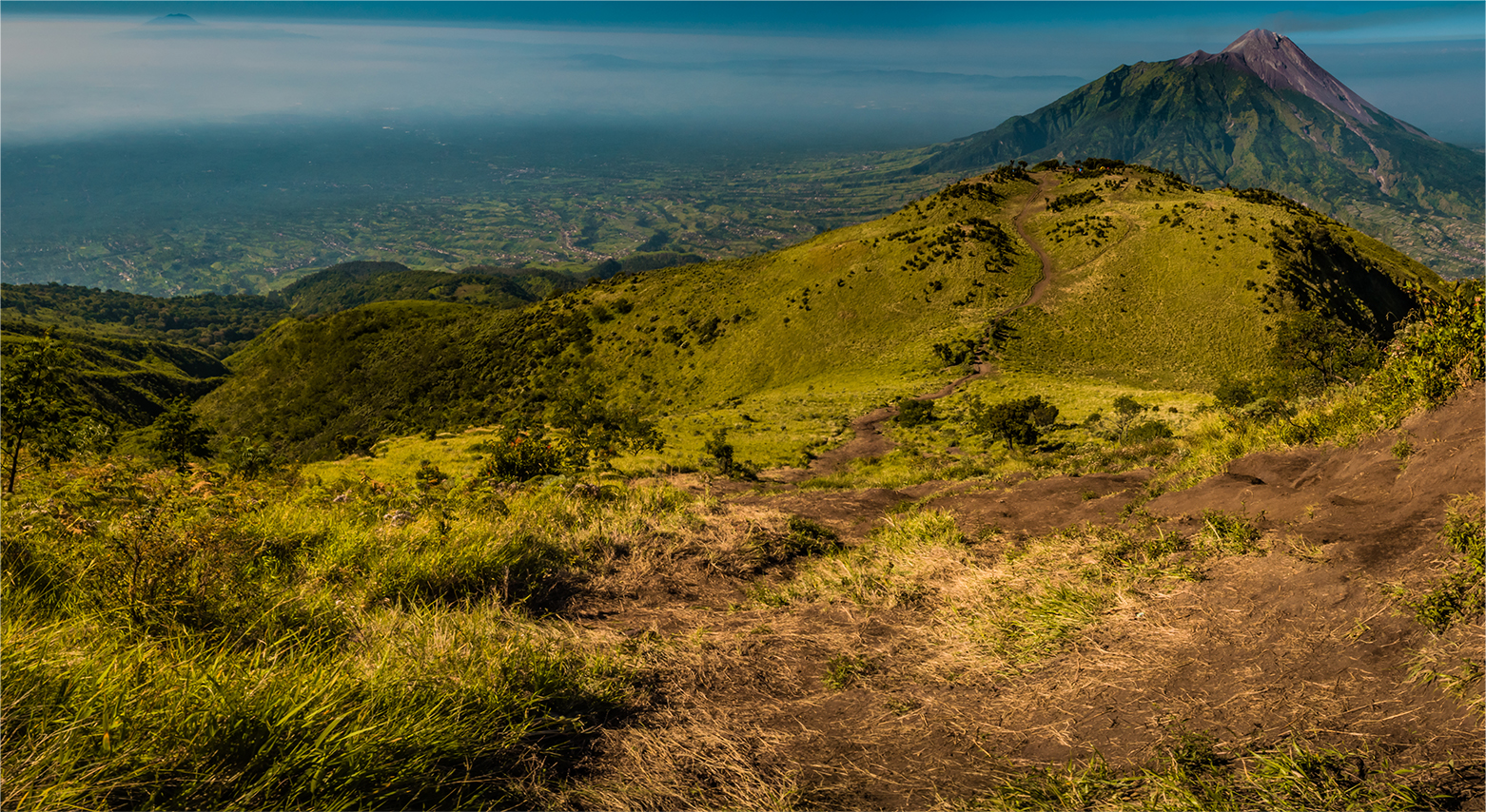Illinois State University’s Assistant Professor of Anthropology Shelby Putt worked as part of a team helping to solve a 100,000-year-old mystery.
A new paper published in the journal Nature explores the re-excavation of a site of human bones in Ngandong, Java. “The site is a critical piece in solving the puzzle that is human evolution in Island Southeast Asia,” said Putt, who is also a research scientist for The Stone Age Institute.
The collection of international scientists on the team looked to answer the question of whether modern humans (Homo sapiens) inhabited the island of Java at the same time as a form of human now considered extinct (Homo erectus). “Our team went back to Ngandong to establish a robust chronology for the region and the bone bed in which Homo erectus fossils had been discovered,” said Putt, who served as part of the team during graduate studies in 2010. “We used a wide array of dating techniques to date the re-excavated bone bed and provide a chronological sequence.”
While the team doubts Homo sapiens and Homo erectus were neighbors in Java, the study does place the Southeast Asian island as one of the last known places on the planet where Homo erectus may have lived. The paper explains the Ngandong bone bed was created during a flood nearly 117,000 years ago. “It confirms that Java indeed hosted the latest surviving members of Homo erectus,” said Putt. “While our own species probably never came into contact with Homo erectus in Java, this research further shows that modern humans became the sole surviving human in our family tree only very recently.”
Putt’s current work delves into understanding what part of the brain earlier humans like Homo erectus used to create tools. With neuroimaging techniques, she explores how cognitive features associated with modern human intelligence evolved.
The Nature paper can be found here: https://www.nature.com/articles/s41586-019-1863-2
Putt received a Ph.D. in anthropology from the University of Iowa in 2016, where she was an AAUW American Fellow. Her dissertation, Human Brain Activity during Stone Tool Production: Tracing the Evolution of Cognition and Language, received the University of Iowa’s Distinguished Dissertation Award. She did her postdoctoral work at the Stone Age Institute and the Human Brain Evolution Lab at Indiana University before accepting the position of assistant professor in the Department of Sociology and Anthropology at Illinois State.


